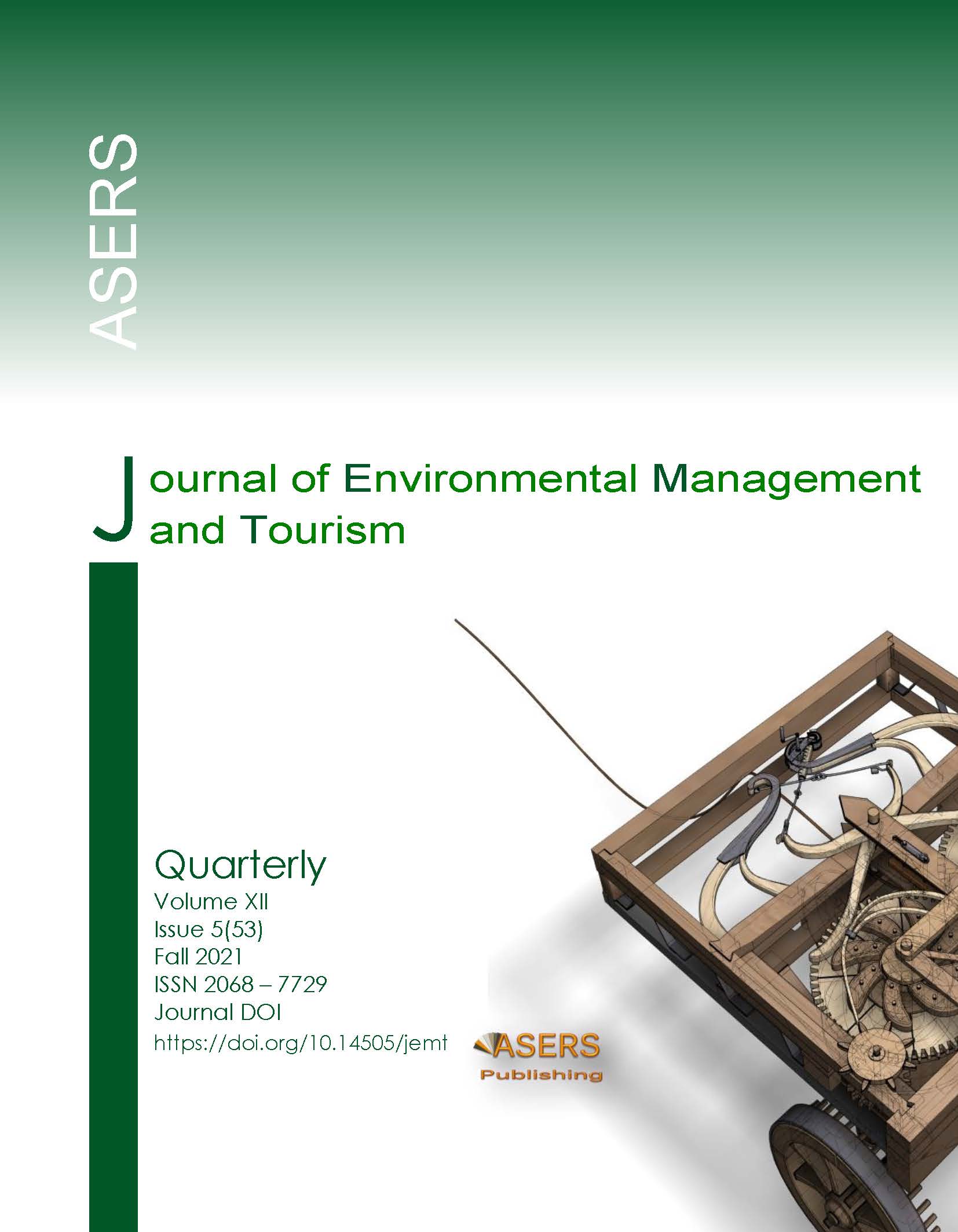Exploring the Sustainability of Taman Sari Water Castle as a Heritage Tourist Destination of Indonesia
Exploring the Sustainability of Taman Sari Water Castle as a Heritage Tourist Destination of Indonesia
Author(s): John JOI Ihalauw, Dwiyono Rudi Susanto, Joko Triyono, Aldi Wisnumurti Sarwono, Moch Nur Syamsu, Nur RohmanSubject(s): Economy, Business Economy / Management, Tourism
Published by: ASERS Publishing
Keywords: Taman Sari; heritage; sustainable tourism;
Summary/Abstract: Taman Sari is an asset of historical heritage and as an ancient building that was built during the reign of Sultan Hamengkubuwono I of Yogyakarta Kingdom. Previously, Taman Sari castle was used as a resting place for the Sultan in the past, besides that Taman Sari also functioned as a hiding place for the Sultan, during the war against the Dutch. Taman Sari building contains four cultural elements namely; Hinduism, Buddhism, Chinese, Islam. These four cultures are manifested in the form of buildings in Taman Sari. At present Taman Sari has changed its function to become a tourist attraction visited by many tourists, both local and foreign visitors who travel to Taman Sari. The purpose of this study is to explore the historical value in Taman Sari, using interview, observation and data collection methods. The benefits of the research are to show that many of the meanings contained in the Taman Sari building, and their existence, need to be preserved and developed sustainably as special interest tours.
Journal: Journal of Environmental Management and Tourism (JEMT)
- Issue Year: XII/2021
- Issue No: 05(53)
- Page Range: 1409-1424
- Page Count: 16
- Language: English
- Content File-PDF

